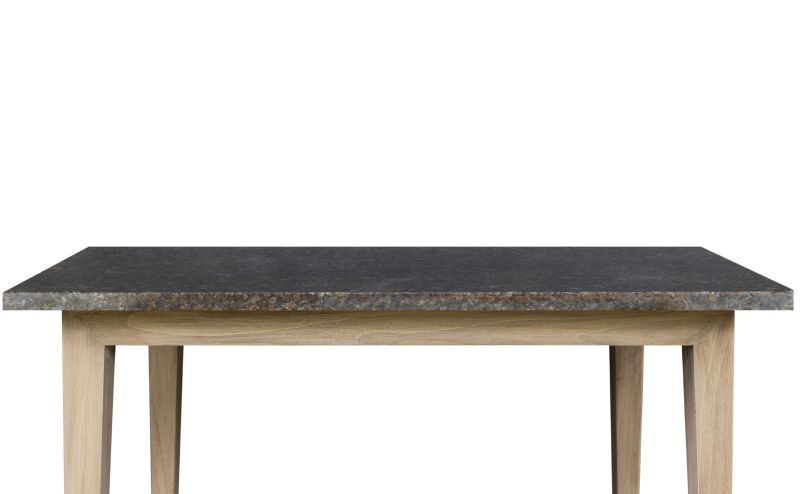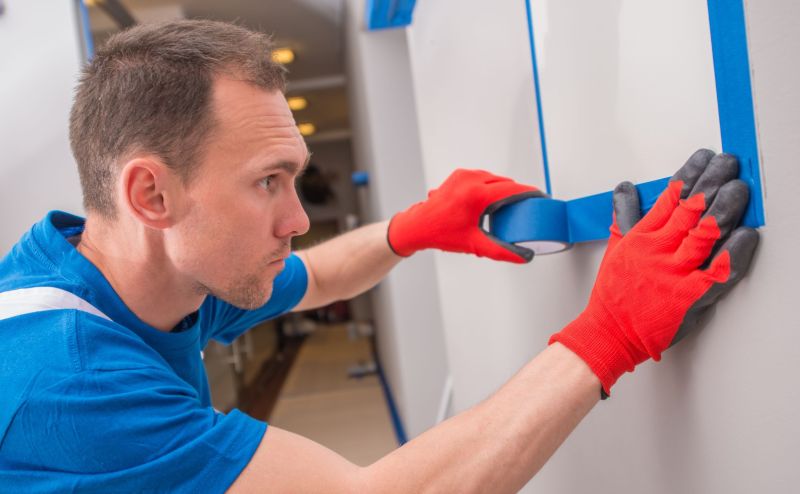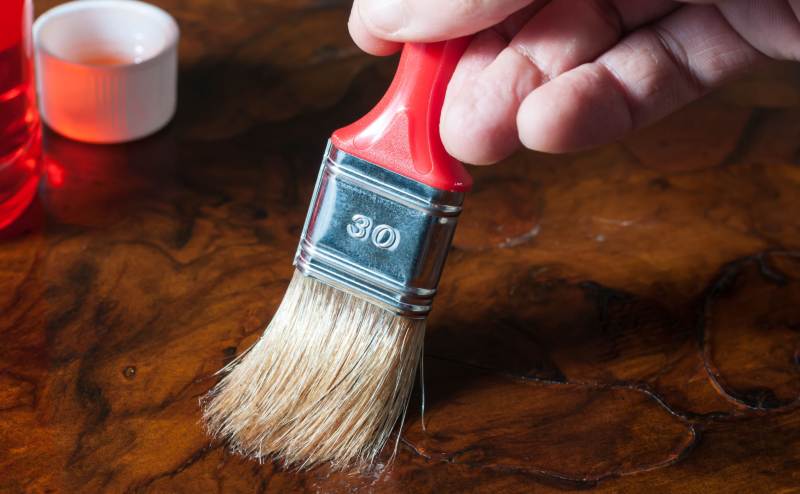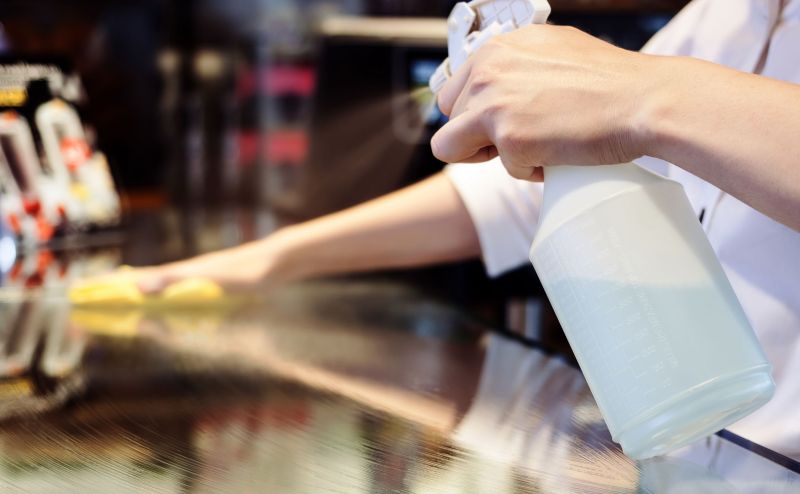How to Acid Stain Concrete Countertops

Concrete staining works extremely well on floors. But that doesn't mean it's the only part of a home or building that can benefit from an upgrade in design. Countertops, when made from concrete, are another area that can stained.
Many of the same principles that apply to acid staining floors hold true for concrete countertops. It's important to remember that countertops are smaller spaces, so you should be careful when preparing the surface and applying the acid stain. Here's a breakdown of how to achieve beautiful results for your kitchen, bathroom, and table countertops.
Step 1: Clean the Countertop
Remove any dust or residue. Acid staining is more effective if the surface is clean
Step 2: Add Tape to Surrounding Walls

In order to avoid making a mess, apply tape to cover the surrounding area and underneath the countertop.
Step 3: Prepare the Area
Lay down carboard, towels, or another material in case the acid stain drips over the edge of the countertop.
Step 4: Test the Acid Stain for Color Preference
This step is about testing the acid stain on the countertop to make sure the color meets your preferences. Concrete used for countertops are hand mixed and usually use either a grey or white cement. White will lighten the stain colors. Grey will results in colors normally achieved on the floors.
However, since the concrete mix in countertops is different from a concrete truck, it's best to make a sample piece or two for color testing when possible. If you make test pieces prior to staining the actual countertops, then you must be sure that you keep the concrete mix exact because any variance in the mix will cause a difference in the stain color outcome.
Step 5: Apply the Acid Stain

If possible, spray the concrete stain onto the countertop using a plastic concrete sprayer. Make sure the area is completely saturated, but not too saturated to the point where puddles form. If necessary, use a brush to apply the acid stain in a circular motion from side-to-side. Often lighter colors will show brush marks easier and darker colors tend to not. It's best to apply a small amount of acid stain initially to an out of the way place, like where a carousel or cabinet will sit, to test the color you are using and make sure it meets your needs.
Step 6: Let the Stain Dry
Allow for the stain to dry and react to the concrete. This usually takes between 2-4 hours. The longer the stain sits, the darker and richer the color becomes. However, most stains have reached maximum reaction at 24 hours. While you certainly can leave the stain to dry longer, there is usually diminishing marginal return after approximately 24 hours.
Step 7: Wash the Countertop
It's normal for residue to form on the concrete countertop once the acid stain has dried. The amount of reside will depend on the color used. Some concrete acid stain colors develop a large amount of debris, while other colors will have very little. Before neutralizing, it is recommended you remove and clean the residue with a sponge and water. Don't focus on removing every little bit of the reside. Just remove as much as you can. Then allow the countertop to dry again.
Step 8: Neutralize
Neutralize the stain using baking soda or ammonia. We recommend mixing 6-8 ounces of ammonia for every gallon of water. You can use a sprayer or brush to apply the neutralizing liquid on the countertop. Since countertops are much smaller spaces than entire floors, you do not need to prepare a large amount of liquid like most typical concrete staining projects.
Step 9: Wash the Countertop Again

After applying the neutralizer, rinse the counter with clean water a couple of times. Then allow the area to dry.
Step 10: Add Sealer to Counter
This final step is not required but is something we recommend. Apply the concrete sealer using a roller, paint brush or soft bristle brush. Apply the sealer just like you would if you were painting the area, going back and forth different directions. When sealing countertops it's best to use a waterproof sealer to prevent liquids from wicking through and causing dark spots or glass rings.
Conclusion
There you have it. You're now ready to start staining your concrete countertop. The process is largely the same as staining concrete floors. The main caveat to be aware of is that since countertops are small areas, the prepping and supplies you utilize to get the job done will be slightly different.
